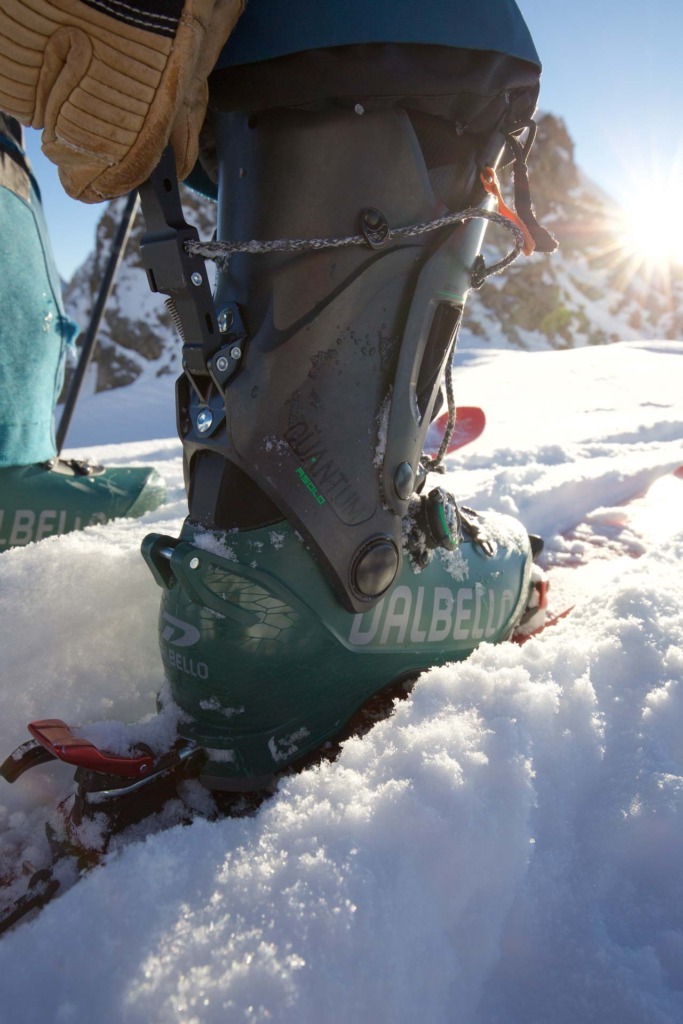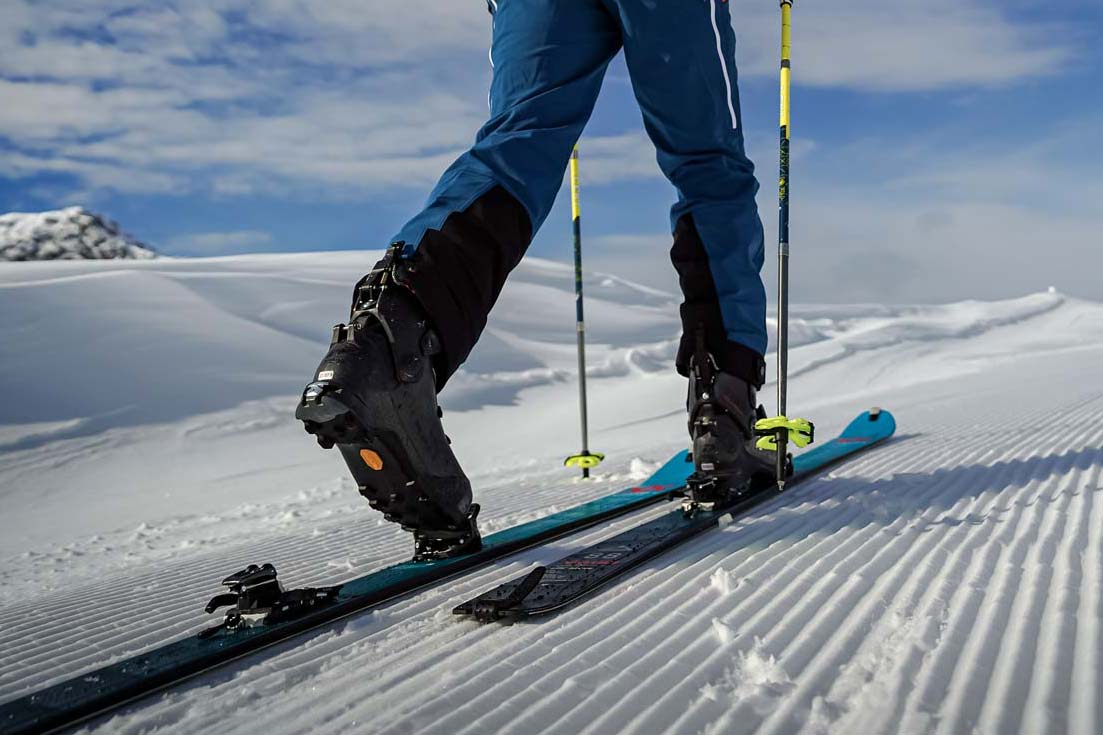Ski touring boots – properties and features
everything you always wanted to know about gear
how to
Packing safety equipment in your backpack for easy access
Backpack There is certain equipment that you should have with you on every ski tour This includes an avalanche transceiver, an avalanche probe and a shovel. It is also useful …
Ski tour – how to master kick turns
Kick turns are an inseparable part of ski touring. They describe an almost 180° change of direction, which is used whenever it gets steeper than 30°. If you do not …
Are you well prepared?

